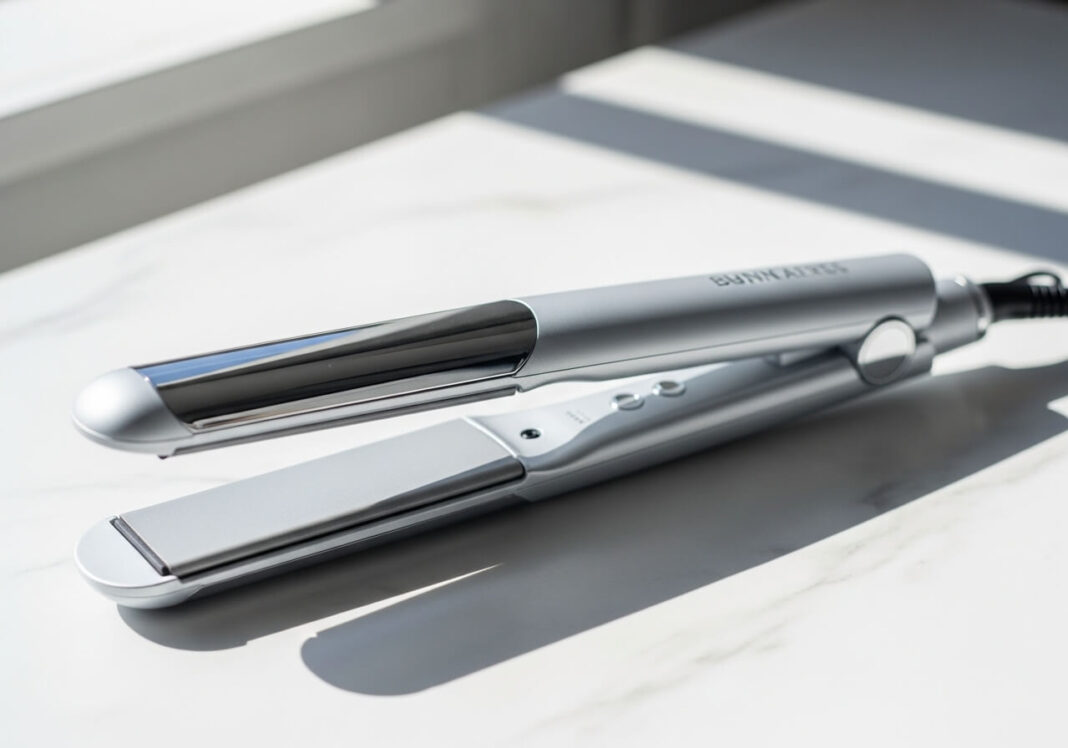Healthy hair represents far more than a simple physical attribute—it’s the foundation of confidence and personal expression that mirrors our overall well-being.
Understanding Hair Types and Their Unique Needs
Achieving and maintaining vibrant, resilient hair means understanding your unique hair characteristics, developing proper care routines, and choosing appropriate tools, including quality brushes, specialized treatments, and reliable hair stylers that support your individual styling needs while preserving hair integrity.
Hair naturally falls into four primary categories: straight, wavy, curly, and coily. Each possesses distinct structural characteristics that dramatically influence care requirements. Straight hair typically lies flat against the scalp, which allows natural oils to distribute with ease but often leads to a greasy appearance more quickly. Wavy hair creates gentle S-patterns with varying degrees of curl, while curly hair forms distinct spirals ranging from loose to tight. Coily hair exhibits the tightest curl pattern, often appearing dense and demanding intensive moisture.
Your hair’s three-layer structure—the protective cuticle layer, protein-rich cortex, and inner medulla—explains why different types require such tailored approaches. Curly and coily hair naturally experiences greater fragility because the curved structure creates weak points along each strand, while straight hair benefits from different cleansing frequencies than its textured counterparts.
Key Takeaway: Perform a simple self-assessment by examining your hair when it’s air-dried without any products to accurately identify your natural pattern and porosity level.
Core Principles of Healthy Hair Care
The foundation of hair health rests on four essential pillars: proper cleansing, adequate conditioning, consistent moisturizing, and environmental protection. Scalp health plays an equally vital role, as this delicate skin environment directly impacts follicle function and hair growth quality.
Persistent misconceptions surround daily washing—while some hair types thrive with frequent cleansing, others flourish with less frequent washing to preserve their natural oils. The secret lies in observing how your hair responds and adjusting accordingly. Dermatologists consistently emphasize that overwashing strips away essential lipids, while underwashing may lead to product buildup that impedes healthy growth.
Conditioning serves multiple crucial purposes: it smooths the cuticle layer, adds much-needed moisture, and provides a protective barrier against environmental stressors. Heat protectants become absolutely essential when using thermal styling tools, creating a defensive shield that minimizes protein damage and prevents moisture loss.
The Role of Tools and Techniques in Hair Health
Choosing the right tools significantly impacts your hair’s long-term health. Wide-tooth combs work exceptionally well for detangling wet hair, reducing breakage compared to their fine-tooth counterparts. Quality brushes designed for specific hair types—boar bristle for fine hair, paddle brushes for thick hair—distribute oils effectively while minimizing harmful tension.
When heat styling becomes necessary, implementing protective strategies proves absolutely crucial. Professional stylists consistently recommend using the lowest effective temperature, applying thermal protection products beforehand, and limiting styling frequency. For those with curly hair, diffuser attachments on blow dryers help maintain natural patterns while reducing unwanted frizz, whereas individuals with straight hair often benefit from ceramic flat irons that distribute heat more evenly.
Top 3 Tips for Safe Styling:
• Always apply heat protectant to damp hair before any thermal styling
• Use temperature settings appropriate for your hair’s thickness and existing damage level
• Allow hair to cool completely in its styled position before any manipulation
Building a Personalized Hair Care Routine
Creating an effective routine demands honest assessment of your hair type, lifestyle demands, and styling goals. A solid foundation includes gentle cleansing products, appropriate conditioning treatments, and protective styling tools perfectly suited to your hair’s specific needs.
Seasonal adjustments often prove incredibly beneficial—humidity may require anti-frizz products during sweltering summer months, while harsh winter weather often demands increased moisture. Keeping a simple hair journal helps track which products and techniques yield the best results, allowing for smart, data-driven refinements over time.
Routine Essentials:
• Sulfate-free shampoo appropriate for your specific scalp type
• Deep conditioning treatment for weekly use
• Leave-in conditioner or nourishing hair oil for daily protection
• Quality styling tools including proper brushes and reliable heat protectants
Common Hair Concerns and Evidence-Based Solutions
Dryness and frizz often signal moisture imbalance or cuticle damage. Effective solutions include incorporating protein treatments for structural repair and humectants like glycerin to attract environmental moisture. Breakage typically stems from mechanical damage, chemical processing, or nutritional deficiencies, requiring gentler handling and targeted strengthening treatments.
Split ends represent irreversible damage that requires trimming, though preventive measures like regular deep conditioning and protective styling can significantly minimize their occurrence. For persistent issues such as excessive hair loss or chronic scalp irritation, consulting a dermatologist or certified trichologist ensures proper diagnosis and effective treatment.
Enhancing Hair Health Through Lifestyle Choices
Nutrition, hydration, and stress management profoundly influence hair quality in ways many people underestimate. Adequate protein intake directly supports keratin production, while essential vitamins like biotin and iron contribute to healthy growth cycles. Quality sleep allows crucial cellular repair processes to occur, and effective stress reduction prevents hormonal imbalances that can trigger unwanted hair loss.
Protective hairstyles minimize daily manipulation and environmental exposure, proving particularly beneficial for textured hair types. Limiting harsh chemical processing and using silk or satin pillowcases significantly reduce friction-related damage during sleep hours.
Summing Up Healthy Hair Practices
Achieving optimal hair health requires understanding your unique hair characteristics, implementing science-based care practices, and maintaining unwavering consistency in your approach. True success emerges through thoughtful experimentation with products and techniques while respecting your hair’s individual needs and limitations. Remember that healthy hair represents a long-term investment requiring patience, proper tools, and sometimes professional guidance to achieve your desired results.


